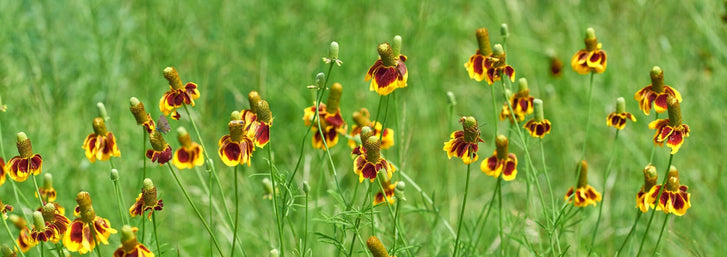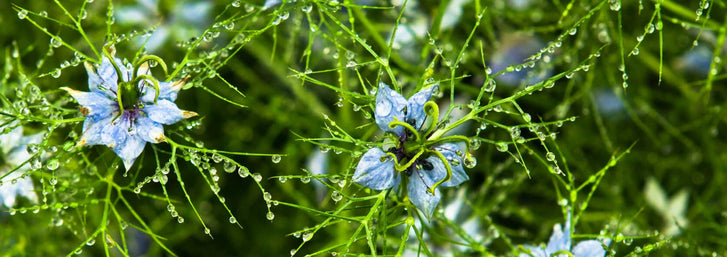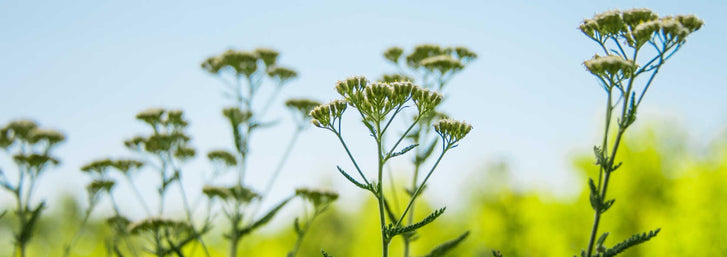
Kat Jones

My husband and I have enjoyed a 5-year run as junk food vegans! Three babies under four years old and busy schedules have driven us to find all the convenience “health” junk food you can imagine! But with the realization that this diet was not giving us the energy we needed, we decided last week to embark on a 4 day Living Food and Raw Food diet. Wow! What a difference it has made on our outlook and future meal plans!
Raw food has grown to be a huge trend, and for a good reason, once you get past the first few days, you start feeling great, and the effects of even a few days eating a well-balanced living and raw food diet can last for a very long time.
For our 4-day living and raw food diet, we started by growing a lot more sprouts. Luckily, we had to teach a class on sprouting, so we had grown enormous amounts of sprouts for a group of over 100 people. We had tons left over (because seeds multiply by at least 8 times, and a few cups of seed became enough to feed an army), so that started us on the right track. With the sprouts, we made salads, blended them in smoothies, and made lettuce tacos with them.
Sprouts were central to our diet. There are lots of good reasons to make sprouts central to a cleansing diet, or a living food diet. The proteins in seeds morph into complete amino acids when the seed sprouts. Seeds become basically a complete food as sprouts. Also, the vitamins and minerals in the seeds multiply when sprouting. The main reason I wanted to highlight sprouts as part of our diet is because sprouts are the easiest way to eat truly living foods while on a living and raw food diet.
Living foods and raw foods are often interchangeably used. Is there a difference between the two? Yes!
How can you easily determine the difference? If you ask the simple question: Is the plant still growing? If it is, then it is a living food. Perfect examples are sprouts, microgreens, baby salad greens, or when you eat something directly from the garden. Those are living foods that are still growing. They say for about 24-48 hours from when you pick a fruit or vegetable it is considered “living” and still growing.
As soon as you pick a fruit or vegetable, it is no longer connected to the earth or its nutrient source. It begins to age and lose nutrients from that moment on.
From Living in the Raw Gourmet by Rose Lee Calabro:
“Nutritionally speaking, living food is the richest source of enzymes, oxygen, chlorophyll, vitamins, essential fatty acids and fiber. It also contains the proper ratio of alkaline to acid minerals. Raw food follows as a close second, and all our cooked and store-bought processed foods come in at a distant third.”
In addition to our sprouts, we also ate from our own tower garden, and we rode our bikes around town to the local farmers and bought as many veggies as we could so that they would be as fresh and living as they could be. It was a great time of year to do this diet because it was harvest season. We also ate a lot of Raw food, that wouldn’t be considered as living, but was still very helpful in keeping us full. We ate a lot of young coconuts. And we ate lots and lots of nuts, including nut pastes we made from raw cashews (so delicious).
We also used several raw protein powders. For example, I made a couple of shakes with Sunwarrior’s Chocolate Protein powder. It was nice to have this as an option. It was absolutely not the most living thing I could have eaten, but it was raw and kept me going on the diet because it was a lot more convenient than preparing a big living food meal.
Overall, the immersion into a completely raw and living foods diet went very well! The first couple of days I could feel my body craving sugar, I just wanted to eat every donut I saw. I could feel good things happening, though. After about day 2 or part way through day 3, I was feeling extremely good most of the time. In the 5 days since I finished, I have continued to eat at least 50% raw and as much living food as I can, and I have felt amazing! My mood has been extremely good, and I felt way more energy at my weekly basketball practice. My husband set all kinds of personal best records at the cross fit gym he goes to as well.
We have made the resolution to increase our living and raw food intake permanently.
Leave a comment
Your email address will not be published. Required fields are marked *
0 Comments
No Comments yet! Be the first to start a conversation
Further Reading

10 Natives of the Southwest USA for Pest Control
Written By Lara Wadsworth The Southwestern United States is a region incredibly unique to the rest of the country. The hot, dry weather can be challenging for plants and animals to thrive without additional help. That is why gardening with natives can ...

Ashleigh Smith
2024-04-157 min read0
Spring Into Action - Celebrating Earth Day
Written By Chelsea Hafer Spring is quickly arriving, and that means that Earth Day is near! Earth Day is the perfect occasion to appreciate our wonderful planet and all that it does for us and think of ways you can give back to it. In this blog post, w...

Ashleigh Smith
2024-04-154 min read0
Everything You Need To Know About Rain Gardens
Written By Lara Wadsworth Rain gardens are quickly gaining popularity for their perfect marriage of utility and beauty. What simply looks like a beautifully landscaped garden is actually a native habitat that serves as a storm drain and water sponge. B...

Ashleigh Smith
2024-04-085 min read1
Northeastern Natives for Attracting Beneficial Insects
Written By Lara Wadsworth The Northeastern United States is rich with American history, but did you also know that it is rich in plant biodiversity? Nature has learned through time how to work in harmony with the various species that attempt to thrive....

Ashleigh Smith
2024-04-086 min read1



